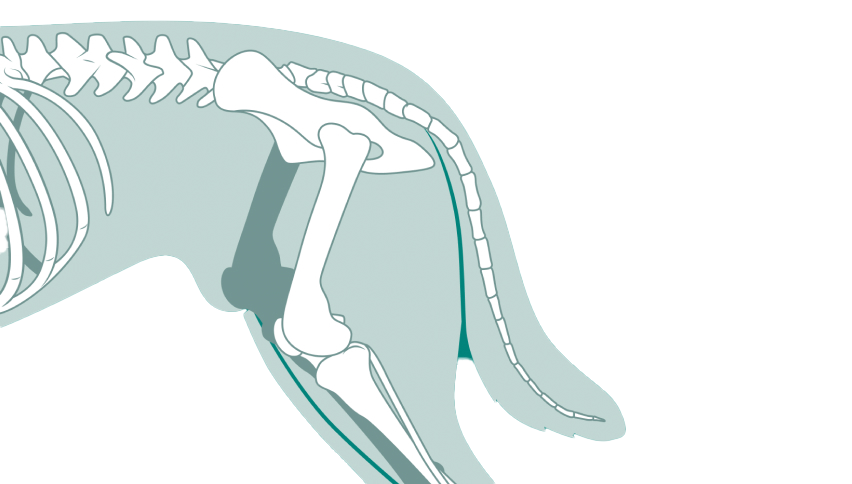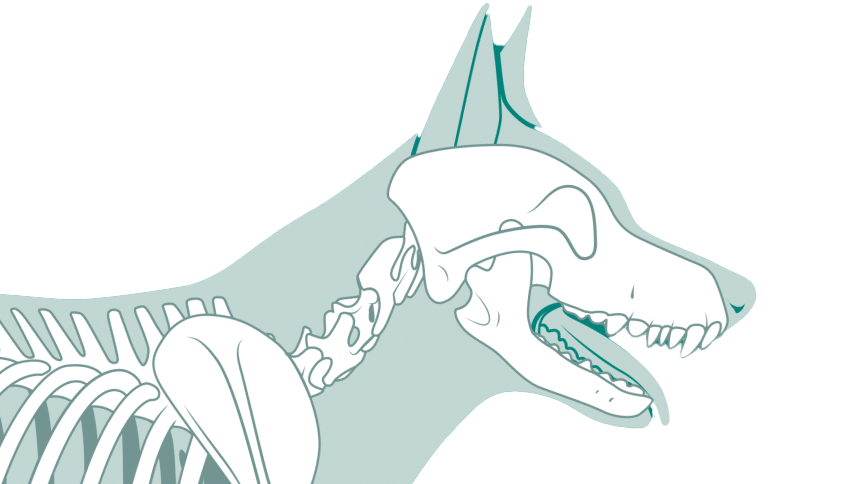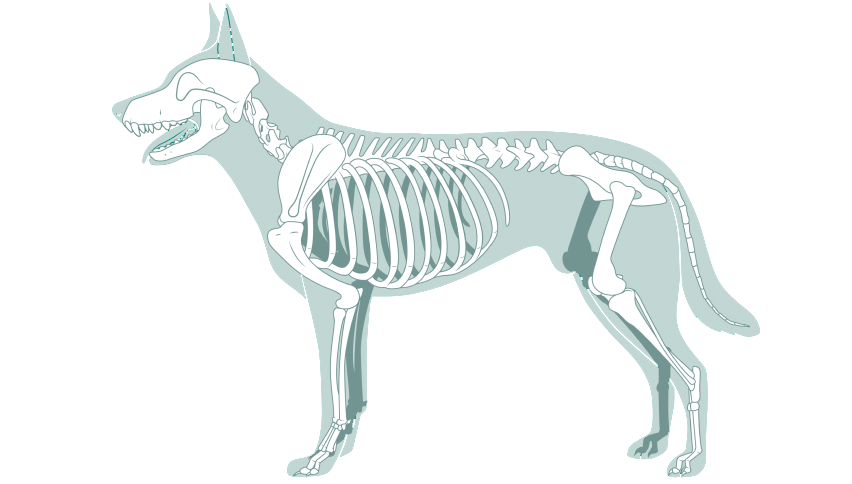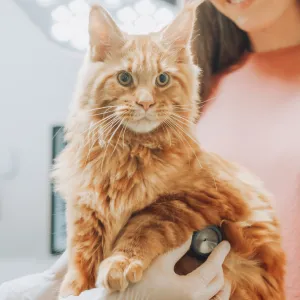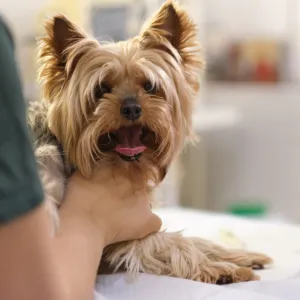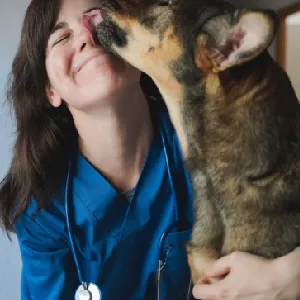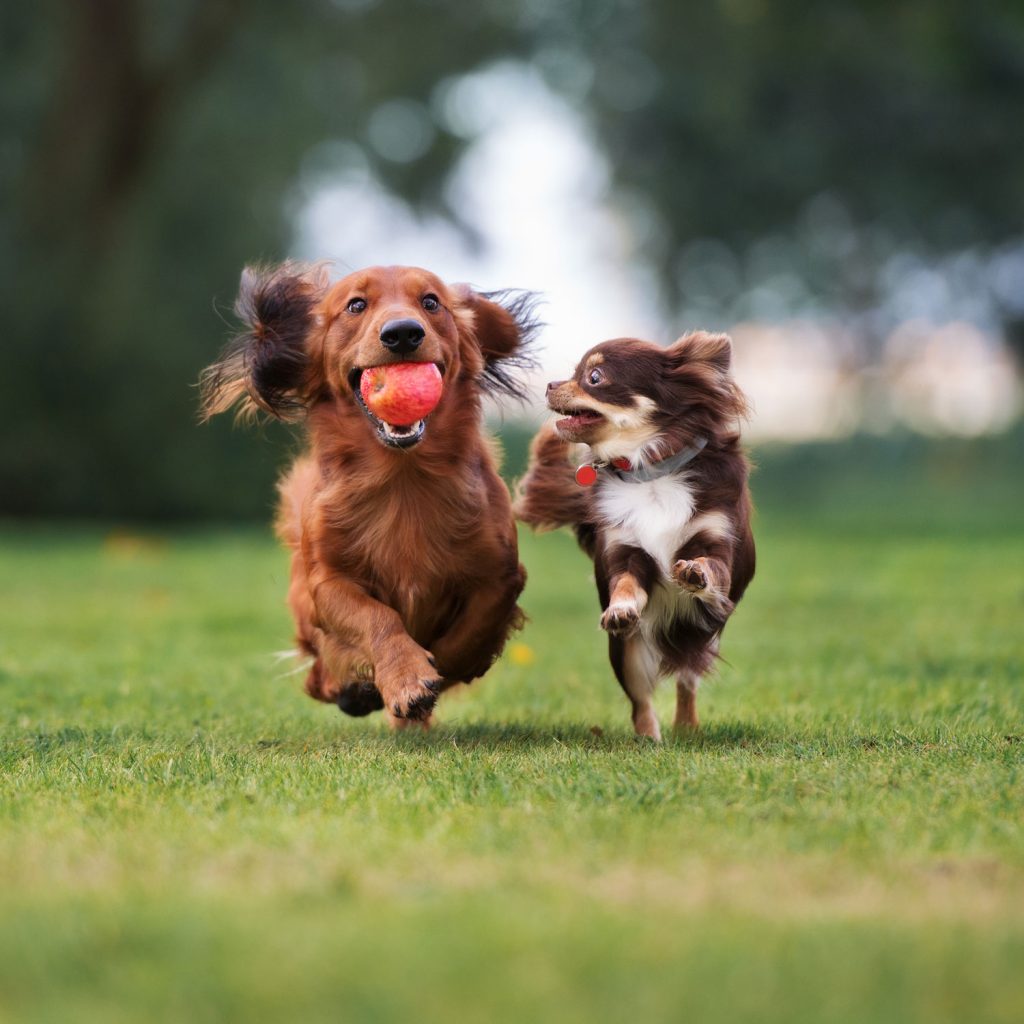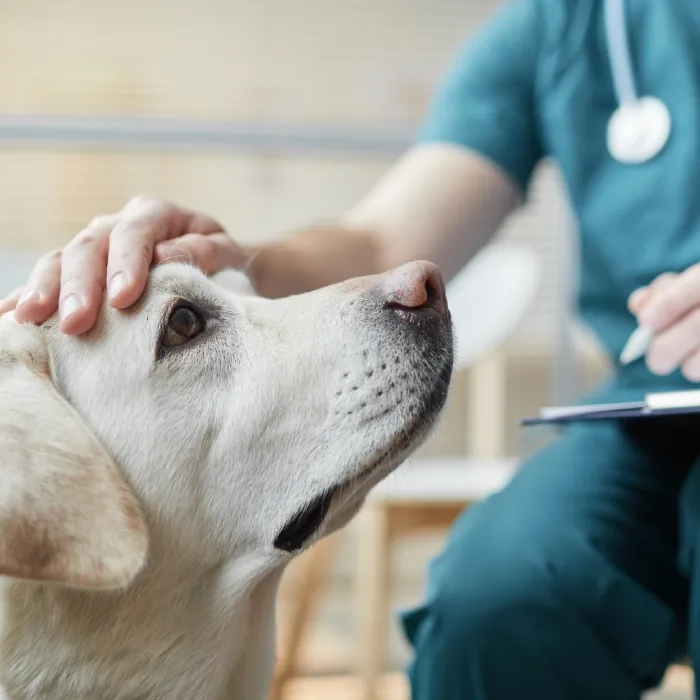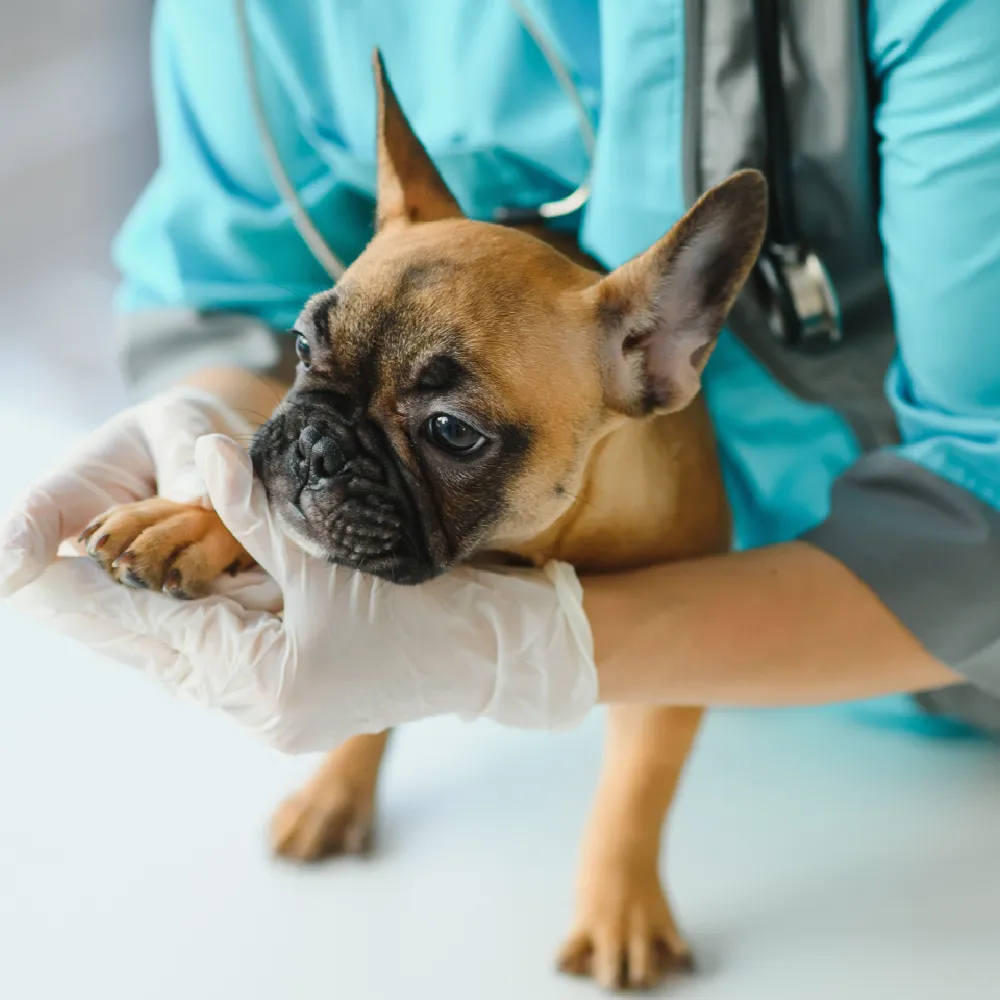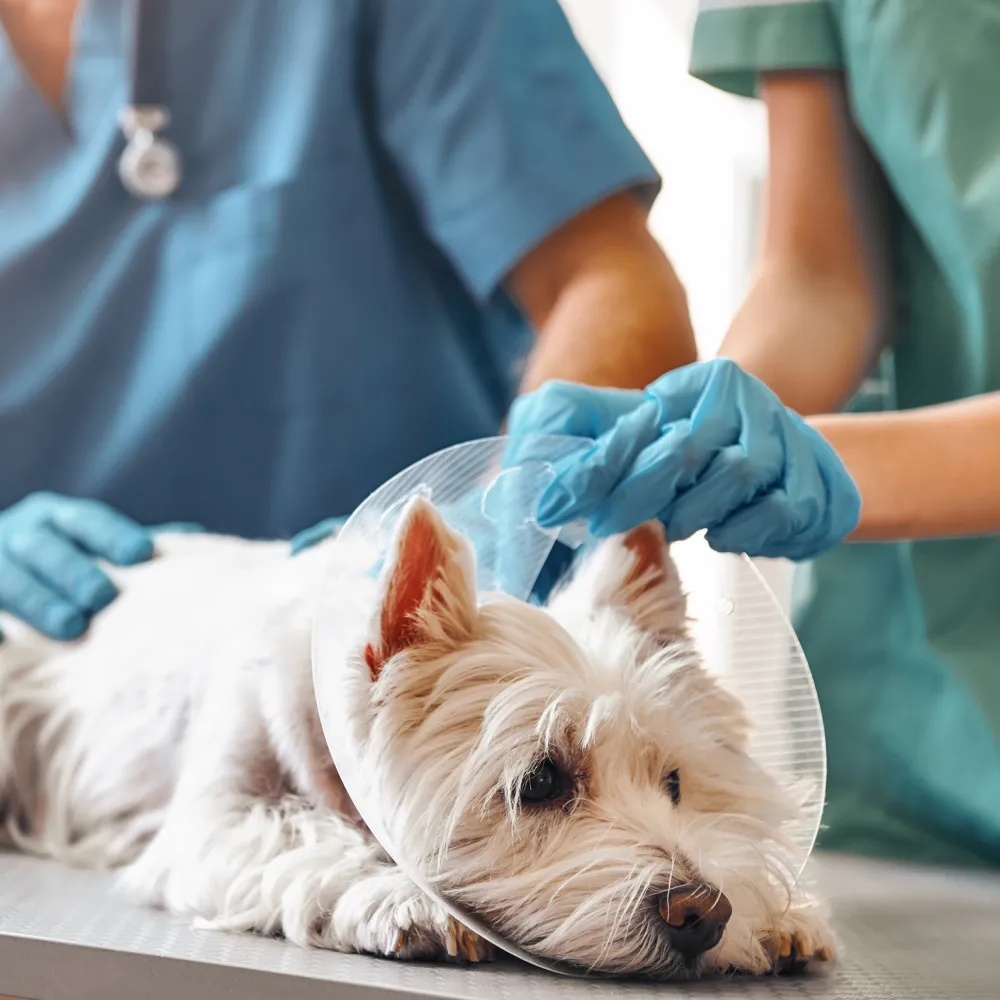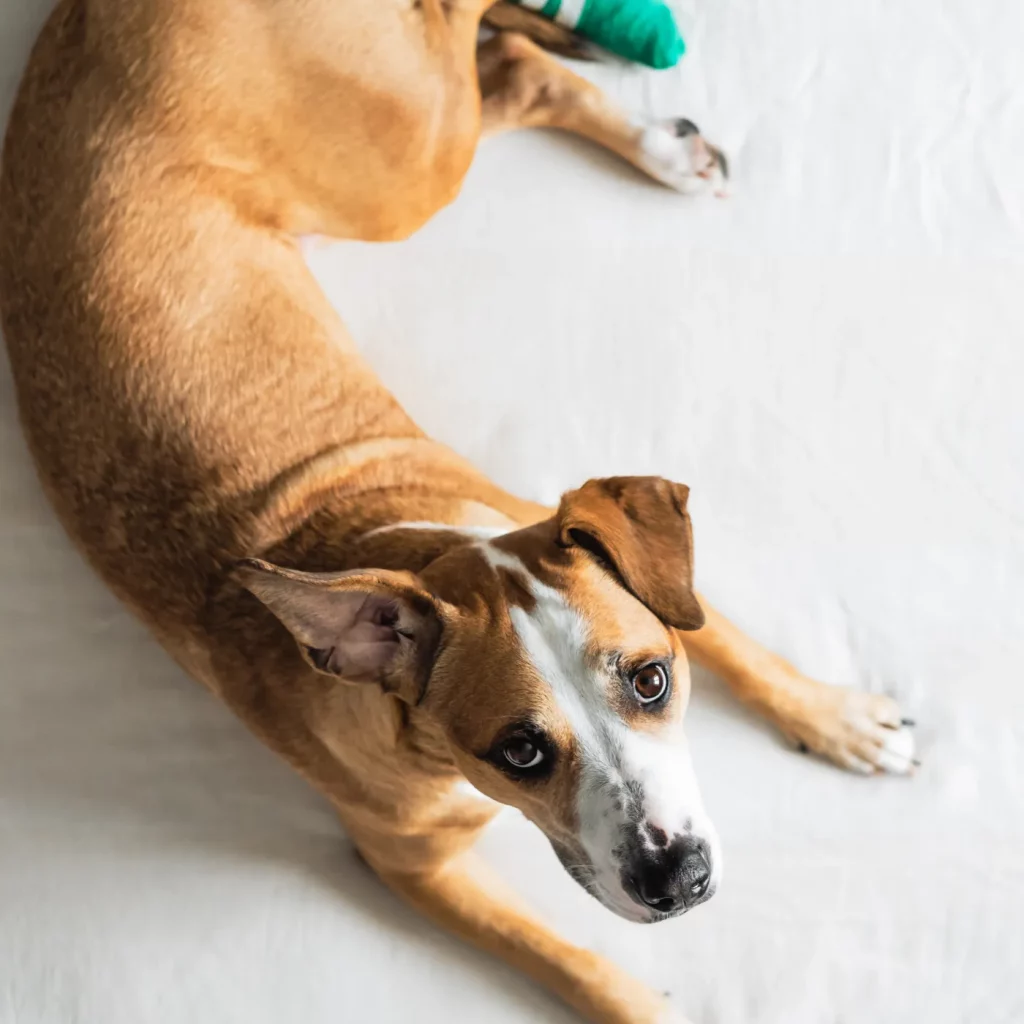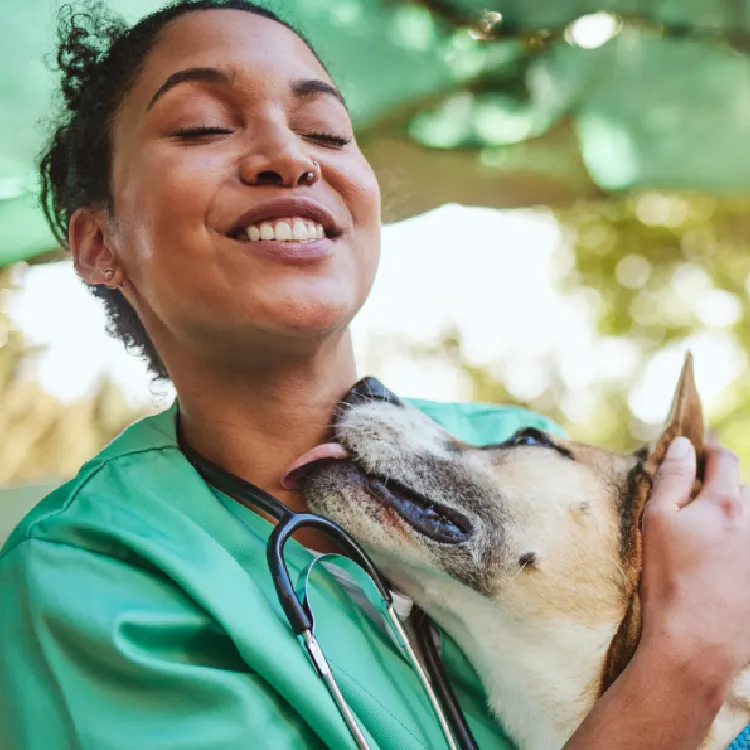The radius and ulna are two bones in the forelimb that grow in tandem. If one bone grows more slowly than the other, it can result in misalignment, joint dysfunction, and pain. This is often seen in conditions such as elbow dysplasia or angular limb deformities. Ulnar ostectomy involves removing a portion of the ulna to release the restrictive forces caused by uneven growth or misalignment, allowing the limb to achieve proper alignment and function.
The surgical approach to ulnar ostectomy depends on the pet’s age, the severity of the deformity, and the underlying cause. The procedure typically involves:
- Pre-Surgical Planning:
Advanced imaging, such as X-rays or CT scans, helps determine the extent of the deformity and guides the surgical plan. - Ostectomy Procedure:
Under general anesthesia, the surgeon makes a precise incision over the affected area and removes a small segment of the ulna. This creates space for the radius to grow and move freely, correcting the limb alignment.- In younger animals, this procedure is often combined with growth plate management to ensure proper development.
- In older pets, additional corrective measures, such as osteotomy of the radius or the use of external fixators, may be required for severe cases.
- Post-Surgical Stabilization:
In most cases, the limb does not require internal fixation after an ulnar ostectomy. However, for more complex cases, plates or screws may be used to stabilize the area during healing.
Ulnar ostectomy is indicated for pets with forelimb deformities resulting from unequal radial and ulnar growth. Young, growing pets benefit most from this procedure, as their bones are still developing and more easily corrected. However, it can also be effective in adult pets suffering from pain, restricted mobility, or joint dysfunction due to chronic conditions. Factors such as overall health, age, and the severity of the deformity are carefully considered before recommending surgery.
Diagnosis begins with a thorough physical examination and imaging studies to assess the extent of the deformity. Early intervention is crucial, especially in younger animals, to ensure the best possible outcomes. Once surgery is scheduled, pets undergo preoperative evaluations, including bloodwork and anesthesia risk assessment.
Post-surgical care includes:
- Controlled activity to minimize stress on the healing limb.
- Regular follow-up appointments with imaging to monitor progress.
- Pain management and anti-inflammatory medications to enhance comfort.
In most cases, pets experience significant improvements in limb alignment and mobility within weeks, resuming normal activities and enjoying a better quality of life.
Our areas of expertise
Transforming the way orthopedic care is delivered
For Vets
Refer your patients to our specialists using our streamlined online portal.
Referral portalFor Pets
Request a consultation or prepare for surgery with us and experience expert compassionate care every step of the way.
Request a consultation